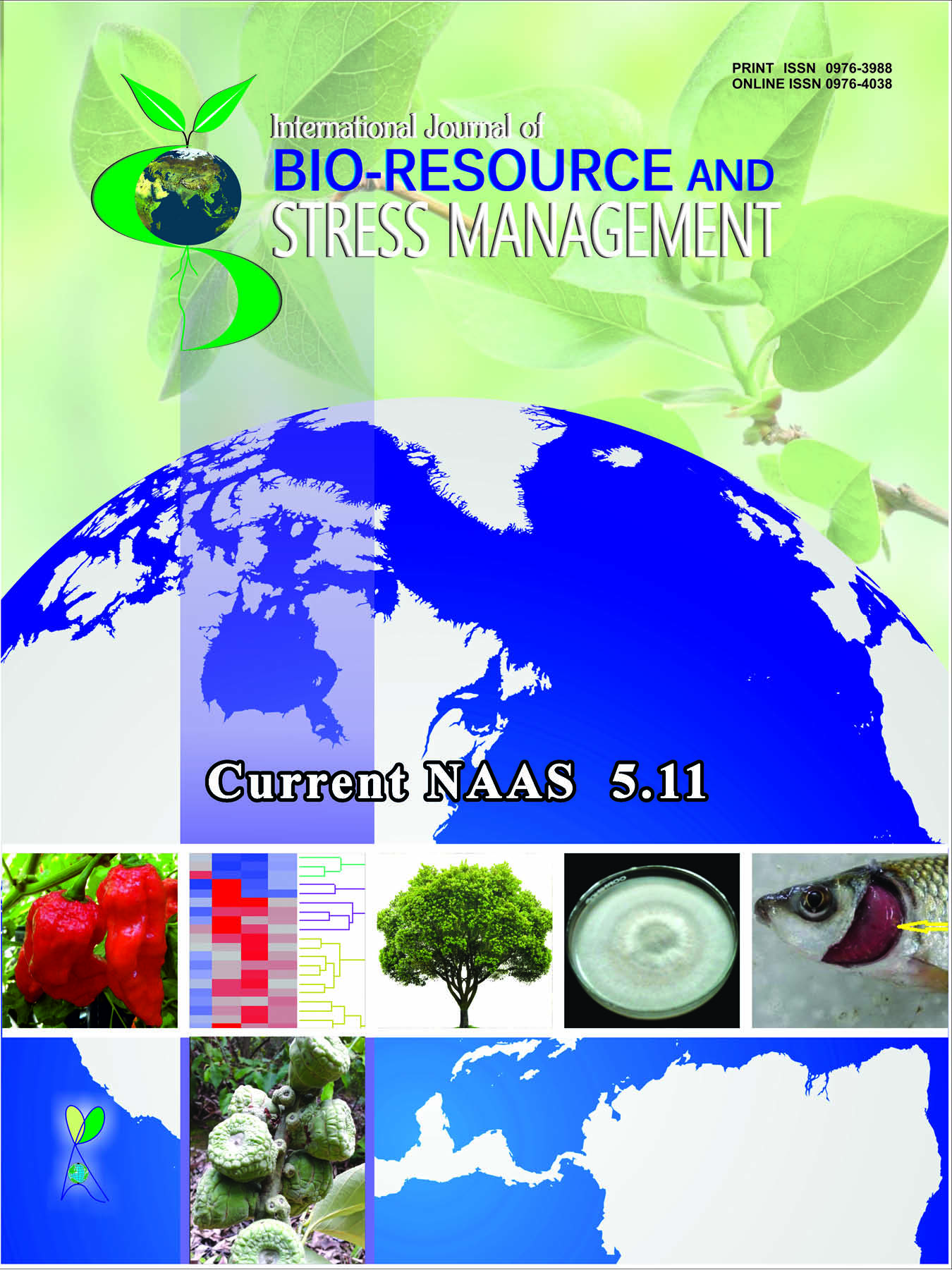Effect of Abiotic Salinity Stress on Haemolymph Metabolic Profiles in Cultured Tiger Shrimp Penaeus monodon
Keywords:
Salinity stress, shrimp, free amino acids, urea, ammoniaAbstract
Salinity is one of the most important abiotic stresses in aquaculture. Optimal salinity for growth and production efficiency is often species-specific. The objective of the present study is to find the variations in the metabolic profiles due to salinity stress in cultured tiger shrimp Penaeus monodon. Shrimp haemolymph samples were collected from culture ponds with wide range of water salinities (3, 8, 13, 17, 23, 30, 36 and 50 ppt (parts per thousand)). The free amino acid profiles of haemolymph were analysed by using LC 10A Shimadzu HPLC system. The experimental results indicated that glycine, proline, arginine taurine and alanine are the pre-dominant organic osmolytes in haemolymph across all the salinities. The concentration of non essential amino acid, glycine significantly (p<0.05) increased (72.99±2.99 to 162.07±14.31 nmoles ml-1) with increase of salinity from 3 to 30 ppt and its level decreased thereafter. The peak concentration of essential amino acid, arginine (61.79±6.94 nmoles ml-1) level was observed at 23 ppt. Significantly (p<0.05) higher concentration (μ moles ml-1) of haemolymph ammonia (0.18±0.03 at 3 ppt; 0.46±0.07 at 50 ppt) and urea (0.22±0.03 at 3 ppt; 1.59±0.19 at 50 ppt) were observed in higher salinity. In hyper osmotic environments, the shrimp activates the urea cycle to produce a less toxic, osmolyte, urea to maintain high osmolality in the haemolymph and this is reflected in lower free amino acid level at high osmotic stress condition.
Downloads
Downloads
Published
How to Cite
Issue
Section
License
Authors retain copyright. Articles published are made available as open access articles, distributed under the terms of the Creative Commons Attribution-NonCommercial-ShareAlike 4.0 International License, which permits unrestricted non-commercial use, distribution, and reproduction in any medium, provided the original author and source are credited. 
This journal permits and encourages authors to share their submitted versions (preprints), accepted versions (postprints) and/or published versions (publisher versions) freely under the CC BY-NC-SA 4.0 license while providing bibliographic details that credit, if applicable.





